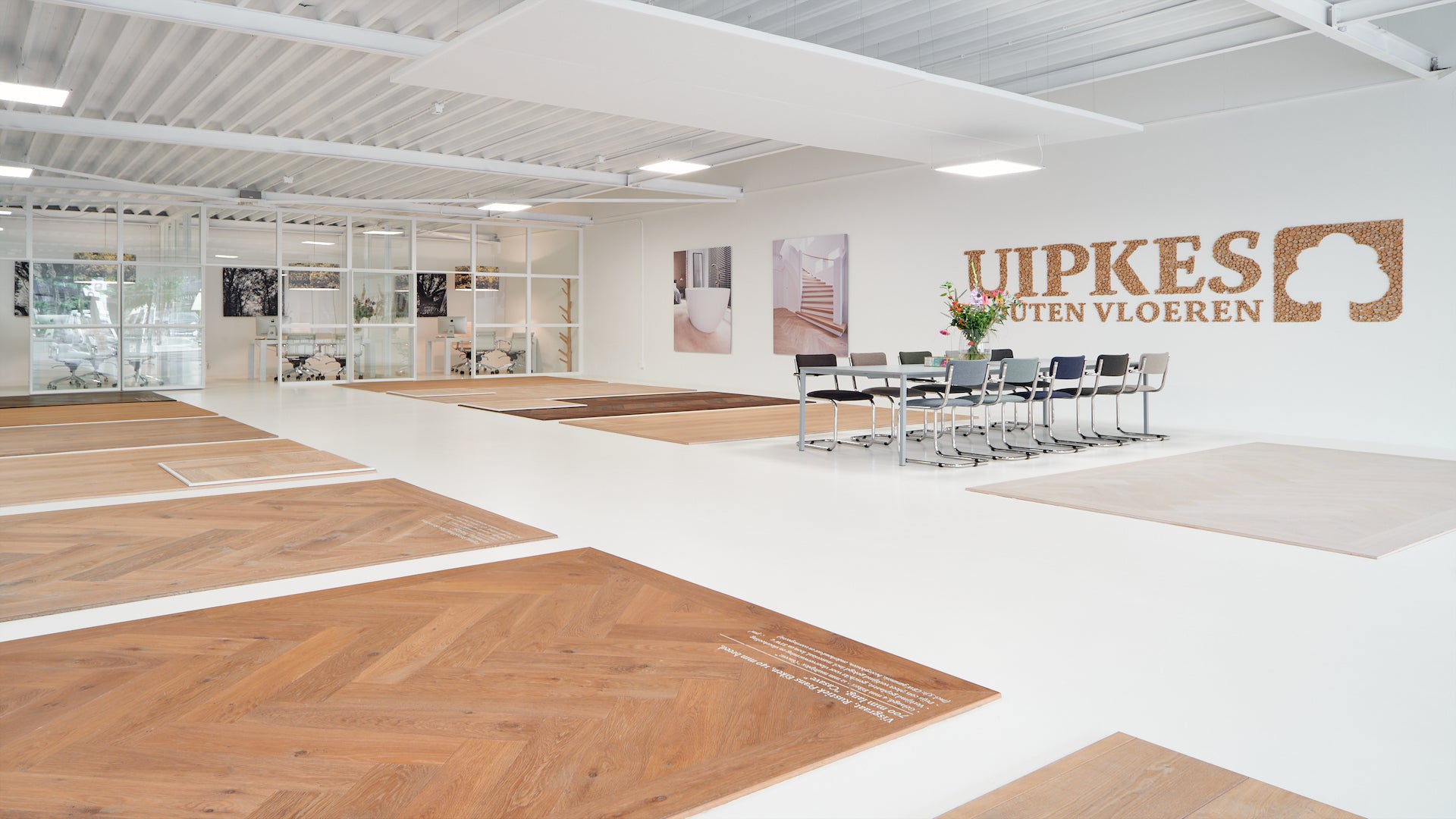Geothermische verwarming
Geothermal heating uses the constant temperatures from the earth's crust to heat your home in a sustainable and efficient way. Learn more about this innovative technology and how it can contribute to lower energy bills and a better environment.
Bezoek de showroom
The emergence
The Earth's core is extremely hot, and this heat radiates to the Earth's surface layers. For thousands of years, people have used this natural heat source in the form of hot springs. Modern geothermal energy technology, however, has its origins in the early 20th century. The first attempts to utilize geothermal heat in a regulated manner were made in the 1920s and 1930s.
Operation
Geothermal heating systems utilize the Earth's stable temperature (several meters below the surface) to provide heat in winter and cooling in summer. This is done via a heat pump system that transfers heat energy between the home and the earth.
Underground Loops: Pipes are placed several meters underground where the temperature is relatively constant.
- Heat pump*: Extracts heat from the pipes during the winter and transports it to the house. In summer, this process works in reverse for cooling.
Magazine Vol inspiratie
Characteristics
- Efficiency: Very energy efficient, often 300-400% more efficient than traditional heating systems.
- Long lifespan: The systems often last 20-25 years, while the underground loops can last 50 years or more.
- -Versatility: Can be used for both heating and cooling.
SWOT Analysis
STRENGTHS (STRENGTHS)
- High efficiency.
- Low operating costs.
- Long lifespan.
- Environmentally friendly.
WEAKNESSESS
- High installation costs
- Requires sufficient space for installation of the pipes.
- Professional installation necessary.
OPPORTUNITIES (OPPORTUNITIES)
- Rising energy prices can stimulate demand.
- Government incentives for green technologies.
THREATS
- Other renewable energy sources can be competitive.
- Depending on regional geological conditions.
Vragen? Kom langs in:
Impact on the environment
Geothermal systems have a very low ecological footprint. They emit no greenhouse gases and use a minimal amount of electricity.
Usage costs
The initial investment may be significant, but the high efficiency means that operating costs are much lower than with traditional systems. The payback period varies, but is often between 5-10 years.
Bezoek de showroom
Apply with underfloor heating and wooden floors
Geothermal systems work great with underfloor heating . The constant heat source is ideal for these types of systems. If you choose the wooden floor underfloor heating combination, the temperature must be regulated to prevent damage to the wood.
Energy label
If you only want underfloor underfloor heating as a heat source, the home must have at least energy label B, which indicates good insulation. This label only takes into account the insulation value of the home, not additional energy sources such as heat pumps or solar panels. These devices improve energy consumption, but do not directly affect the insulation quality of the home.
Showrooms
-

Alphen a/d Rijn
Euromarkt 113
-

Amsterdam
Roelof Hartstraat 4
Frequently Asked Questions
Is a large garden necessary for geothermal systems?
It is beneficial but not necessary. Vertical installations are possible where space is limited.
What is the average payback period for a geothermal system?
Often between 5-10 years, depending on the energy prices used and any subsidies.
Are there subsidies or tax breaks for installing a geothermal system?
This varies by country/region, but many governments offer incentives for renewable energy technologies.
How deep do you need to drill for the pipes?
This depends on the specific design and whether it is a vertical or horizontal system, but several meters to several tens of meters is common.
Can a geothermal system also cool my house in the summer?
Yes, the system can take heat from your home in the summer and dump it into the earth.

